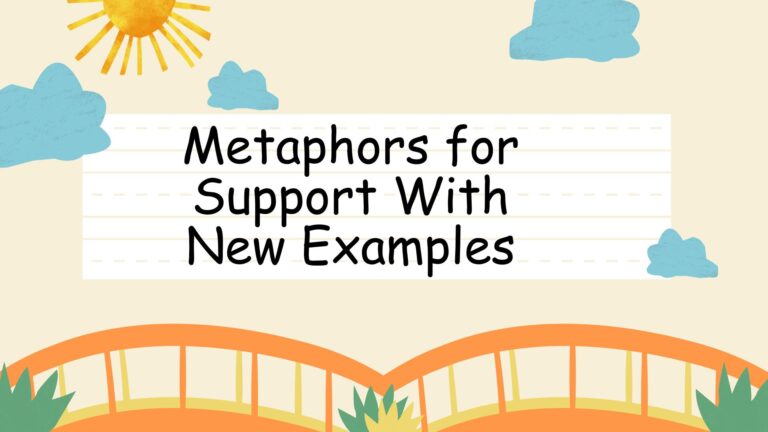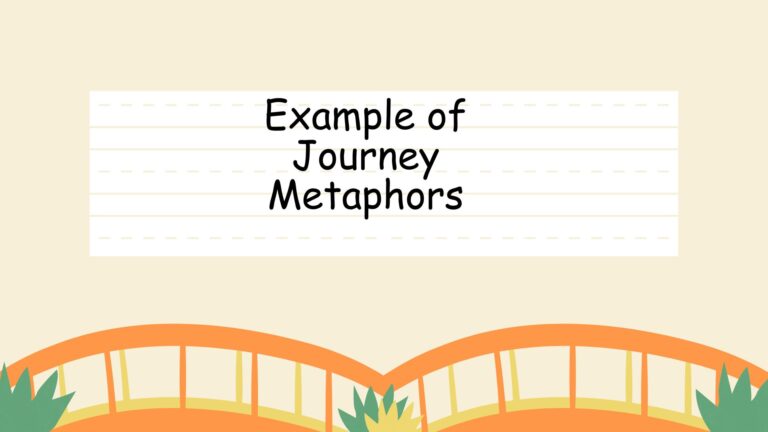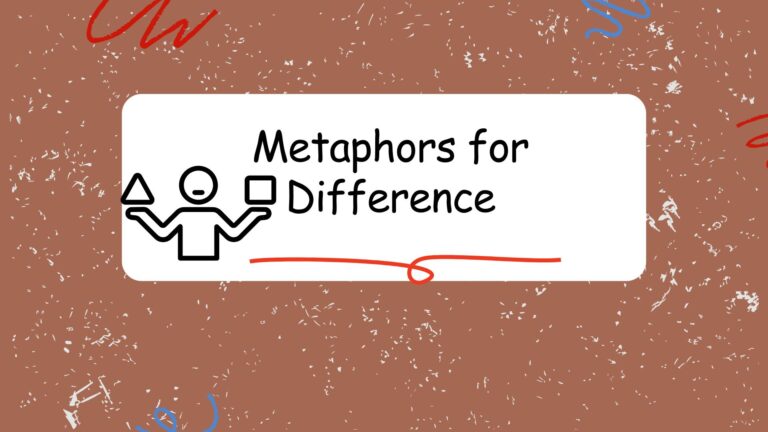
Dribbling with Language: Mastering Metaphors for Basketball
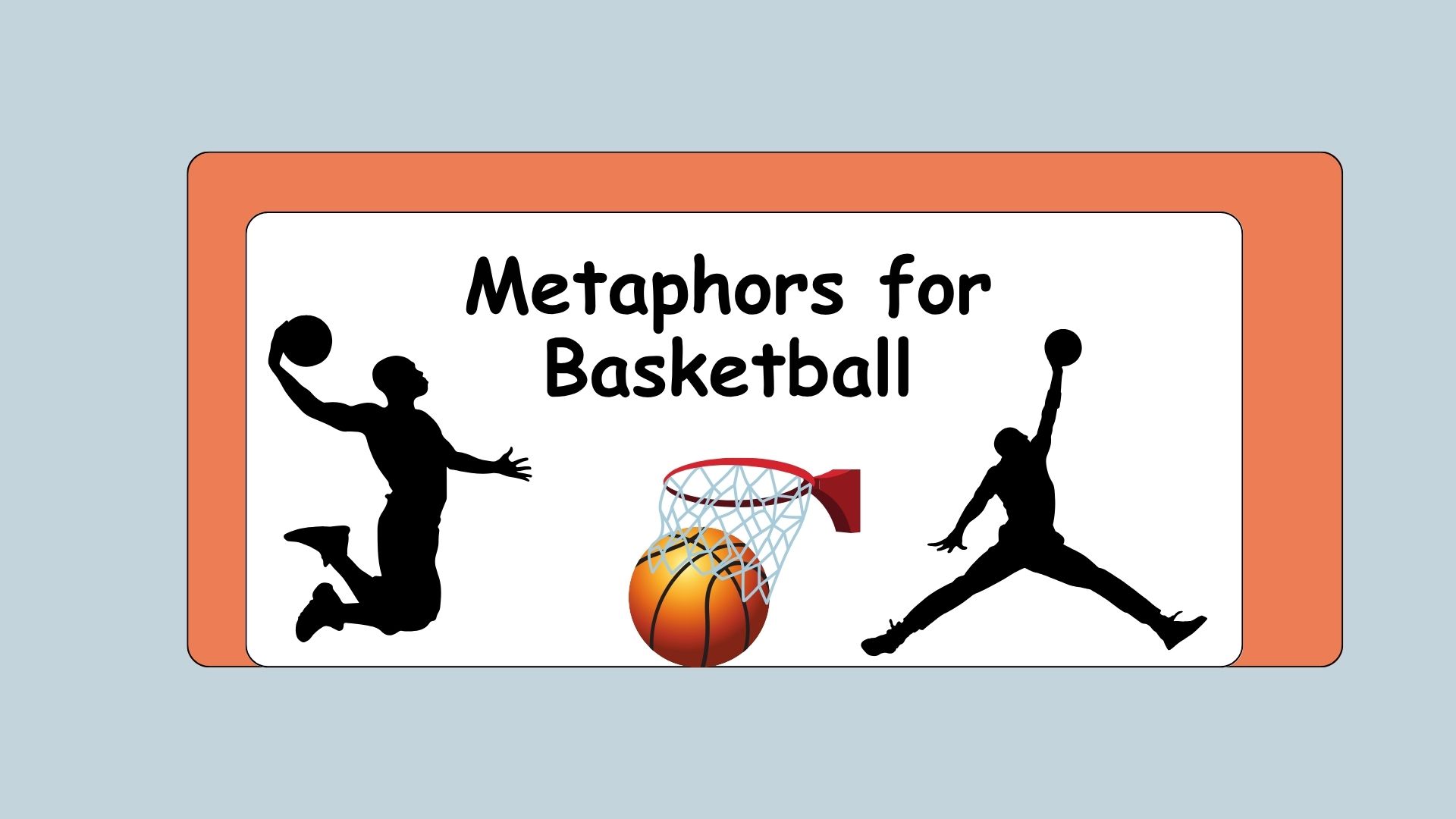
Metaphors are powerful tools that allow us to understand complex subjects by relating them to something familiar. In sports, especially basketball, metaphors abound, enriching our appreciation and understanding of the game. This article delves into the world of basketball metaphors, exploring how they enhance our communication, add vivid imagery, and reveal deeper insights into the strategies and dynamics of the sport. By mastering these metaphors, English language learners and basketball enthusiasts alike can elevate their understanding and expression, making their conversations and writing about basketball more engaging and insightful. This comprehensive guide is designed for anyone looking to improve their command of English and their knowledge of basketball terminology.
Whether you’re a student, a sports journalist, a coach, or simply a passionate fan, understanding basketball metaphors will significantly enhance your ability to communicate effectively and appreciate the nuances of the game. This article provides detailed explanations, numerous examples, and practical exercises to help you master this fascinating aspect of language and sports.
Table of Contents
- Introduction
- What is a Metaphor?
- Structural Breakdown of Basketball Metaphors
- Types of Basketball Metaphors
- Examples of Basketball Metaphors
- Usage Rules for Basketball Metaphors
- Common Mistakes When Using Basketball Metaphors
- Practice Exercises
- Advanced Topics in Basketball Metaphors
- Frequently Asked Questions
- Conclusion
What is a Metaphor?
A metaphor is a figure of speech that directly compares two unrelated things, asserting that they are the same for rhetorical effect. Unlike similes, which use “like” or “as” to make a comparison, metaphors state that something is something else. This creates a more vivid and impactful image in the reader’s or listener’s mind. Metaphors are essential for adding depth, color, and creativity to language, making abstract concepts more accessible and engaging. They are widely used in literature, poetry, everyday conversation, and, of course, sports commentary.
In the context of basketball, metaphors are used to describe players, strategies, and game situations in imaginative and expressive ways. These comparisons help convey the intensity, skill, and complexity of the sport, making it more relatable and exciting for fans and analysts alike. Understanding metaphors is crucial for grasping the nuances of basketball commentary and appreciating the artistry within the game.
Structural Breakdown of Basketball Metaphors
Basketball metaphors typically consist of two main elements: the tenor and the vehicle. The tenor is the subject being described (e.g., a player’s performance), while the vehicle is the object or concept used to describe the tenor (e.g., a machine). The connection between the tenor and the vehicle is what creates the metaphorical meaning.
The structure of a metaphor can be simple or complex. A simple metaphor might directly equate a player’s speed to that of a cheetah: “He’s a cheetah on the court.” A more complex metaphor might involve extended comparisons, drawing parallels between a team’s strategy and a military campaign. Understanding this structural breakdown allows for a deeper appreciation of how metaphors function and how they can be effectively used in describing basketball.
Consider the metaphor, “The team is a well-oiled machine.” Here, “the team” is the tenor, and “a well-oiled machine” is the vehicle. The implication is that the team functions smoothly and efficiently, with each player working in perfect harmony, just like the parts of a machine. This structure highlights the importance of teamwork and precision in achieving success.
Types of Basketball Metaphors
Basketball metaphors can be categorized based on what aspect of the game they describe. Here are some common types:
Action Metaphors
These metaphors describe the physical actions and movements of players during the game. They often involve comparisons to animals, machines, or natural phenomena to emphasize speed, power, or agility.
Player Metaphors
These metaphors focus on the characteristics and abilities of individual players. They might compare a player to a mythical figure, a historical leader, or an inanimate object to highlight their strengths or weaknesses.
Strategy Metaphors
These metaphors describe the tactical approaches and game plans used by teams. They often involve comparisons to military strategies, chess moves, or complex systems to convey the level of planning and coordination involved.
Environment Metaphors
These metaphors describe the atmosphere and conditions surrounding the game, including the crowd, the arena, and the pressure faced by the players. They often use imagery related to weather, temperature, or emotional states to create a sense of drama and intensity.
Examples of Basketball Metaphors
To better understand the different types of basketball metaphors, let’s explore some specific examples.
Action Metaphors Examples
Action metaphors are dynamic and visually engaging, capturing the energy and excitement of the game. They often involve comparisons to animals, machines, or natural forces.
The table below provides detailed examples of Action Metaphors.
| Metaphor | Explanation | Example Sentence |
|---|---|---|
| He’s a blur on the court. | Compares the player’s speed to something indistinct and fast. | With his incredible agility, he’s a blur on the court, leaving defenders in the dust. |
| She’s a human highlight reel. | Compares the player’s impressive plays to a compilation of exciting moments. | Every game, she proves why she’s a human highlight reel, with incredible dunks and assists. |
| He’s a scoring machine. | Compares the player’s ability to score points to the efficiency of a machine. | Once he gets going, he’s a scoring machine, unstoppable near the basket. |
| She’s a brick wall on defense. | Compares the player’s defensive ability to an impenetrable barrier. | Good luck getting past her; she’s a brick wall on defense. |
| He’s got ice in his veins. | Compares the player’s composure under pressure to the coldness of ice. | In the final seconds, he proved he’s got ice in his veins, sinking the game-winning shot. |
| He’s a human pogo stick. | Compares the player’s jumping ability to a toy that bounces repeatedly. | Look at him rebound! He’s a human pogo stick out there. |
| She’s a tornado on the court. | Compares the player’s energy and disruptive play to a powerful storm. | She’s a tornado on the court, disrupting passes and stealing the ball. |
| He’s an acrobat in the air. | Compares the player’s aerial maneuvers to the skills of an acrobat. | His dunks are amazing; he’s an acrobat in the air. |
| She’s a surgeon with her passes. | Compares the player’s precision in passing to the skill of a surgeon. | Her passes are always perfect; she’s a surgeon with her passes. |
| He’s a rocket taking off. | Compares the player’s speed and acceleration to the launch of a rocket. | Once he drives to the basket, he’s a rocket taking off. |
| She’s a thief on defense. | Compares the player’s ability to steal the ball to that of a thief. | Watch out for her hands; she’s a thief on defense. |
| He’s a bulldozer driving to the basket. | Compares the player’s forceful drive to the basket to a bulldozer. | He’s a bulldozer driving to the basket, impossible to stop. |
| She’s a hawk eyeing its prey. | Compares the player’s focus on the ball to a hawk hunting. | She’s a hawk eyeing its prey, ready to intercept the pass. |
| He’s a viper striking quickly. | Compares the player’s quick moves to a snake’s strike. | He’s a viper striking quickly, stealing the ball and scoring. |
| She’s a jet plane soaring high. | Compares the player’s vertical jump to a plane taking off. | Her jump shot is incredible; she’s a jet plane soaring high. |
| He’s a freight train coming down the lane. | Compares the player’s unstoppable drive to a train. | He’s a freight train coming down the lane, defenders beware! |
| She’s a magnet for the ball. | Compares the player’s ability to attract the ball to a magnet. | She’s a magnet for the ball, always in the right place at the right time. |
| He’s a ninja on the court. | Compares the player’s stealth and agility to a ninja. | He moves so quietly; he’s a ninja on the court. |
| She’s a spider trapping her opponents. | Compares the player’s defensive skills to a spider’s web. | She traps her opponents; she’s a spider on defense. |
| He’s a volcano erupting with energy. | Compares the player’s intense energy to a volcano. | He’s a volcano erupting with energy, dominating the game. |
| She’s a whirlwind of motion. | Compares the player’s constant movement to a whirlwind. | She’s a whirlwind of motion, always moving and creating opportunities. |
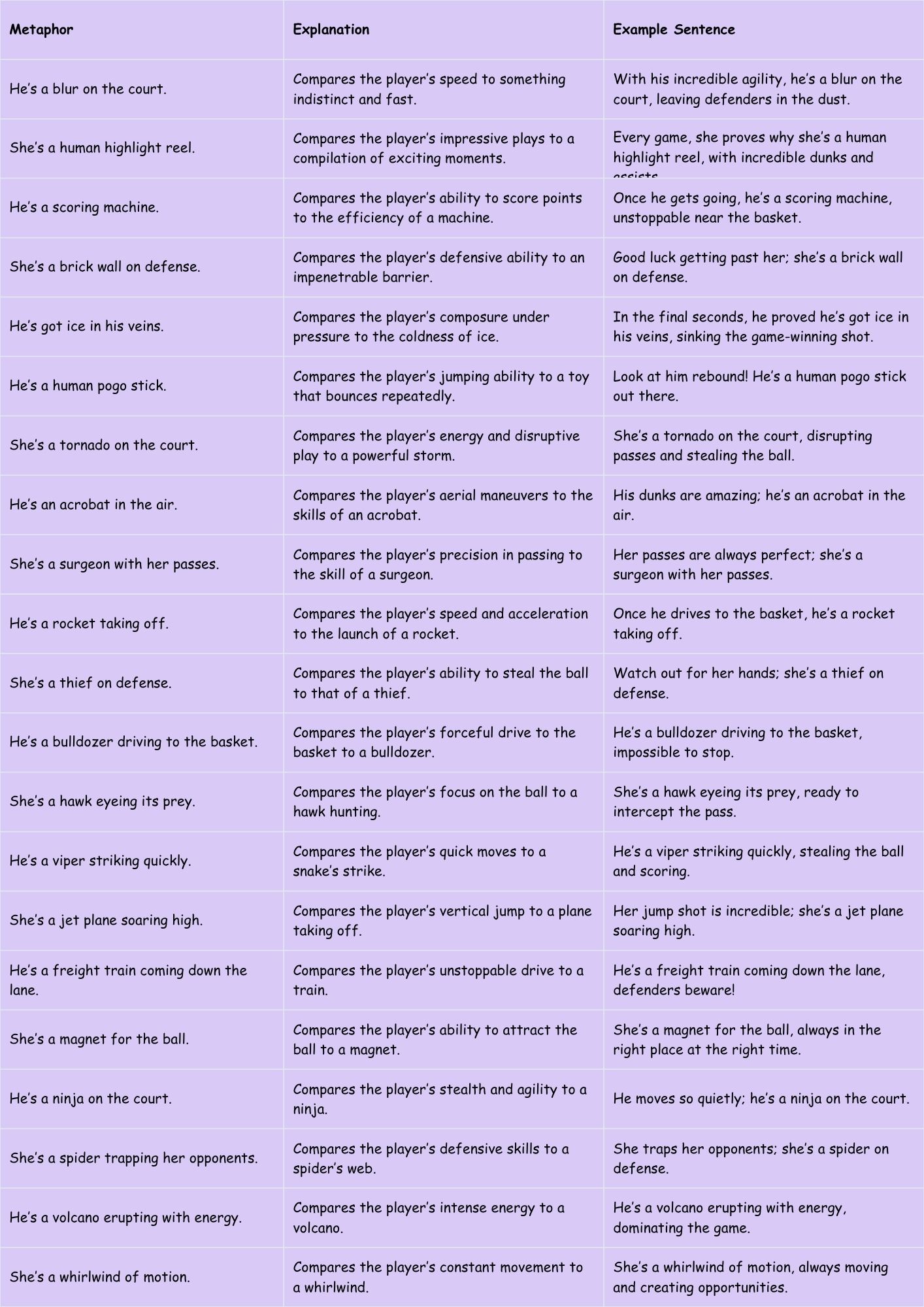
Player Metaphors Examples
Player metaphors highlight the unique qualities and roles of individual players. They often draw comparisons to historical figures, mythical beings, or even inanimate objects to emphasize specific traits.
The table below provides detailed examples of Player Metaphors.
| Metaphor | Explanation | Example Sentence |
|---|---|---|
| He’s the general on the court. | Compares the player’s leadership and strategic thinking to that of a military leader. | He’s the general on the court, directing the team’s plays with precision. |
| She’s the heart and soul of the team. | Compares the player’s importance and emotional impact to the core of the team. | Without her, the team struggles; she’s the heart and soul of the team. |
| He’s the glue that holds the team together. | Compares the player’s role in unifying and supporting the team to glue. | He’s not the flashiest player, but he’s the glue that holds the team together. |
| She’s the engine that drives the offense. | Compares the player’s role in powering the team’s attack to an engine. | She’s the engine that drives the offense, always pushing the pace. |
| He’s the iron curtain on defense. | Compares the player’s defensive strength to an impenetrable barrier. | No one gets past him easily; he’s the iron curtain on defense. |
| She’s a silent assassin. | Compares the player’s quiet effectiveness to a deadly killer. | She doesn’t say much, but she’s a silent assassin on the court. |
| He’s a walking triple-double. | Describes a player who consistently achieves double-digit stats in three categories. | With his all-around game, he’s a walking triple-double. |
| She’s the team’s anchor. | Compares the player’s stability and reliability to an anchor. | She’s the team’s anchor, providing a steady presence on the court. |
| He’s a floor general. | Compares the player’s control and leadership to a military general. | He commands the game; he’s a true floor general. |
| She’s the team’s energizer bunny. | Compares the player’s boundless energy to the famous toy. | She never stops moving; she’s the team’s energizer bunny. |
| He’s an extension of the coach on the floor. | Compares the player’s understanding of the game to the coach’s. | He knows the plays perfectly; he’s an extension of the coach on the floor. |
| She’s the team’s secret weapon. | Compares the player’s hidden talent to a weapon. | Opponents underestimate her, but she’s the team’s secret weapon. |
| He’s the team’s backbone. | Compares the player’s strength and support to a backbone. | He provides stability; he’s the team’s backbone. |
| She’s the team’s conscience. | Compares the player’s moral guidance to a conscience. | She always plays fair; she’s the team’s conscience. |
| He’s a scoring threat from anywhere on the court. | Highlights the player’s versatility in scoring. | Defenders can’t leave him open; he’s a scoring threat from anywhere. |
| She’s a rebounding machine. | Compares the player’s rebounding ability to a machine. | She dominates the boards; she’s a rebounding machine. |
| He’s the team’s X-factor. | Describes a player whose performance can greatly influence the game’s outcome. | He can change the game; he’s the team’s X-factor. |
| She’s the team’s spark plug. | Compares the player’s ability to ignite the team’s energy to a spark plug. | She gets the team going; she’s the team’s spark plug. |
| He’s a defensive stalwart. | Highlights the player’s strong defensive skills. | He’s a defensive stalwart, locking down opponents. |
| She’s a consistent performer. | Highlights the player’s reliability. | You can always count on her; she’s a consistent performer. |
| He’s a student of the game. | Compares the player’s knowledge and understanding to a student. | He studies the game; he’s a true student of the game. |
| She’s a veteran presence. | Highlights the player’s experience and leadership. | She guides the younger players; she’s a veteran presence. |
Strategy Metaphors Examples
Strategy metaphors describe the tactical approaches and game plans used by teams. They often involve comparisons to military strategies, chess moves, or complex systems.
The table below provides detailed examples of Strategy Metaphors.
| Metaphor | Explanation | Example Sentence |
|---|---|---|
| They’re running a full-court press. | Compares the team’s aggressive defense to a pressing action. | To disrupt the opponent’s offense, they’re running a full-court press. |
| They’re playing a zone defense. | Compares the team’s defensive positioning to a designated area. | To protect the paint, they’re playing a zone defense. |
| They’re setting a pick-and-roll. | Describes a strategic offensive play involving a screen and a drive. | To create an open shot, they’re setting a pick-and-roll. |
| They’re controlling the tempo of the game. | Compares the team’s ability to dictate the pace to controlling music. | By slowing down the offense, they’re controlling the tempo of the game. |
| They’re executing their game plan perfectly. | Compares the team’s adherence to the strategy to a perfect performance. | Following the coach’s instructions, they’re executing their game plan perfectly. |
| They’re dismantling the opponent’s defense. | Compares the team’s offensive effectiveness to taking apart a structure. | With precise passes, they’re dismantling the opponent’s defense. |
| They’re building a wall on defense. | Compares the team’s defensive strategy to constructing a barrier. | To stop the drive, they’re building a wall on defense. |
| They’re dictating the terms of engagement. | Compares the team’s control over the game to setting conditions for a battle. | By dominating the boards, they’re dictating the terms of engagement. |
| They’re exploiting the mismatch. | Compares the team’s strategy to taking advantage of a weakness. | They’re exploiting the mismatch, feeding the ball to the taller player. |
| They’re running a fast break. | Describes a strategy to quickly move the ball down the court for a score. | After the steal, they’re running a fast break. |
| They’re setting a trap. | Compares the team’s defensive strategy to catching an opponent. | They’re setting a trap, hoping to force a turnover. |
| They’re using a triangle offense. | Describes a specific offensive strategy involving three players. | To create more options, they’re using a triangle offense. |
| They’re double-teaming the star player. | Compares the team’s defensive strategy to surrounding a player. | To limit his scoring, they’re double-teaming the star player. |
| They’re isolating the weak defender. | Compares the team’s offensive strategy to targeting a vulnerability. | They’re isolating the weak defender, creating scoring opportunities. |
| They’re spreading the floor. | Describes a strategy to create space on the court. | To open up driving lanes, they’re spreading the floor. |
| They’re collapsing on the paint. | Compares the team’s defensive strategy to converging on an area. | To prevent easy baskets, they’re collapsing on the paint. |
| They’re playing chess, not checkers. | Compares the team’s strategic depth to a complex game. | Their moves are calculated; they’re playing chess, not checkers. |
| They’re executing a blitz defense. | Compares the team’s aggressive defense to a sudden attack. | To disrupt the play, they’re executing a blitz defense. |
| They’re running a screen and roll. | Describes a common offensive play. | They’re running a screen and roll to create open shots. |
| They’re playing a cat-and-mouse game. | Compares the strategic maneuvering to a pursuit between a cat and a mouse. | The coaches are matching wits; they’re playing a cat-and-mouse game. |
| They’re turning up the heat on defense. | Compares the team’s increased defensive intensity to raising the temperature. | They’re turning up the heat on defense, forcing turnovers. |
| They’re going to the well. | Describes repeatedly using a successful strategy. | They’re going to the well, running the same play that’s been working all game. |
Environment Metaphors Examples
Environment metaphors describe the atmosphere and conditions surrounding the game. They often use imagery related to weather, temperature, or emotional states.
The table below provides detailed examples of Environment Metaphors.
| Metaphor | Explanation | Example Sentence |
|---|---|---|
| The arena was a cauldron of noise. | Compares the intense atmosphere to a boiling pot. | With the home crowd roaring, the arena was a cauldron of noise. |
| The pressure was palpable. | Compares the feeling of stress to something tangible. | In the final seconds, the pressure was palpable. |
| The atmosphere was electric. | Compares the excitement to the energy of electricity. | Before the tip-off, the atmosphere was electric. |
| The crowd was a sea of faces. | Compares the large number of spectators to an ocean. | Looking up, the crowd was a sea of faces, all cheering. |
| The game was a pressure cooker. | Compares the high-stakes situation to a sealed pot under pressure. | With so much on the line, the game was a pressure cooker. |
| The tension was thick enough to cut with a knife. | Compares the intensity of the situation to something dense and sharp. | As the clock ticked down, the tension was thick enough to cut with a knife. |
| The air was heavy with anticipation. | Compares the feeling of expectation to something weighty. | Before the final shot, the air was heavy with anticipation. |
| The momentum shifted like the tides. | Compares the changing advantage to the movement of the ocean. | Back and forth it went; the momentum shifted like the tides. |
| The game was a roller coaster of emotions. | Compares the ups and downs of the game to an amusement park ride. | With lead changes and close calls, the game was a roller coaster of emotions. |
| The atmosphere was frosty. | Compares the coldness of the atmosphere to ice. | After the heated exchange, the atmosphere was frosty. |
| The arena was a fortress. | Compares the home team’s advantage to an impenetrable stronghold. | They rarely lose here; the arena was a fortress. |
| The game was a chess match. | Compares the strategic play to a game of chess. | Every move was calculated; the game was a chess match. |
| The crowd was a roaring beast. | Compares the loud and enthusiastic crowd to a wild animal. | The crowd was a roaring beast, supporting their team. |
| The stadium was a cathedral of basketball. | Compares the revered status of the arena to a sacred place. | Playing here is an honor; the stadium was a cathedral of basketball. |
| The game was a tightrope walk. | Compares the delicate balance of the game to a difficult act. | One mistake could cost them; the game was a tightrope walk. |
| The pressure was mounting. | Compares the increasing stress to a growing force. | As the clock ticked down, the pressure was mounting. |
| The game was a battle of wills. | Compares the competitive spirit to a struggle for dominance. | Both teams were determined; the game was a battle of wills. |
| The atmosphere was suffocating. | Compares the overwhelming pressure to a lack of air. | The defense was intense; the atmosphere was suffocating. |
| The arena was rocking. | Compares the lively atmosphere to a shaking motion. | The crowd was so loud, the arena was rocking. |
| The game was a marathon. | Compares the length and endurance required to a long-distance race. | It was a long, grueling game; it was a marathon. |
| The arena was buzzing with excitement. | Compares the energetic atmosphere to the sound of bees. | Everyone was eager for the game; the arena was buzzing with excitement. |
| The atmosphere was electric with anticipation. | Compares the air to being charged with electricity. | The atmosphere was electric with anticipation before the final play. |
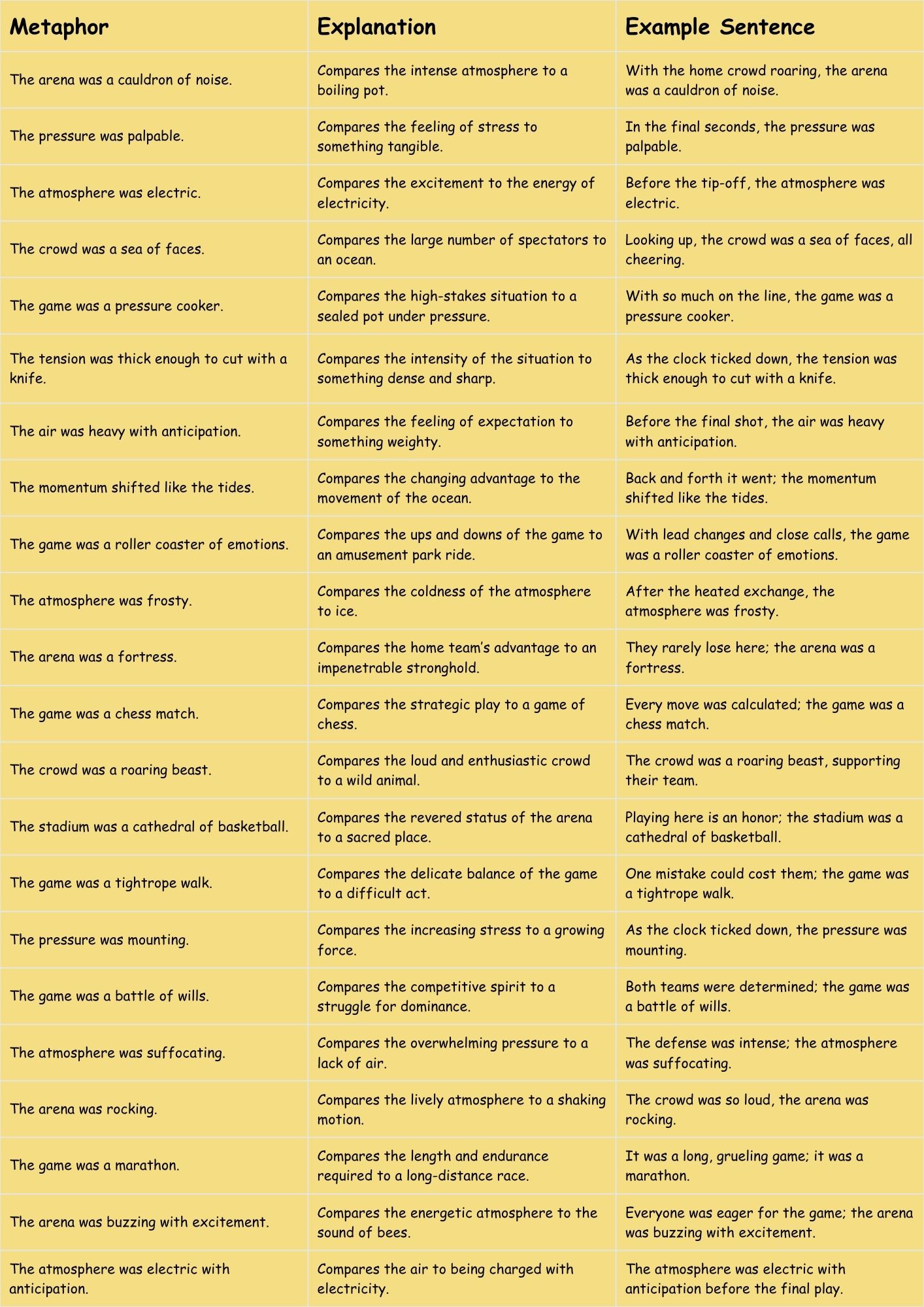
Usage Rules for Basketball Metaphors
Using metaphors effectively requires understanding certain rules. Firstly, ensure that the comparison is relevant and meaningful. A good metaphor should enhance understanding, not confuse the audience. Secondly, avoid mixed metaphors, where the comparison becomes illogical or contradictory. For example, “He’s a scoring machine who’s also a brick wall” could be confusing, as a scoring machine and a brick wall represent opposing concepts.
Additionally, be mindful of the context. A metaphor that works well in a formal analysis might be inappropriate in casual conversation. Consider your audience and adjust your language accordingly. Lastly, overuse of metaphors can diminish their impact, so use them judiciously to add emphasis and color to your descriptions.
Consistency is key. Once you establish a metaphor, maintain it throughout your description. Switching metaphors mid-sentence can create confusion and weaken the overall effect.
Common Mistakes When Using Basketball Metaphors
One common mistake is using clichéd metaphors that have lost their impact through overuse. Phrases like “slam dunk” or “nothing but net” are familiar but lack originality. Strive for fresh, creative comparisons that capture the essence of the game in a unique way.
Another mistake is using metaphors that are too abstract or obscure. The comparison should be readily understandable, even for those who are not deeply familiar with basketball. Avoid metaphors that require extensive explanation or knowledge of niche subjects.
Incorrect: “He’s a quantum entanglement on the court.” (Too abstract and confusing)
Correct: “He’s everywhere on the court, anticipating every move.” (Clear and relevant)
Incorrect: “The team’s strategy is a Gordian knot.” (Obscure reference)
Correct: “The team’s strategy is incredibly complex and difficult to unravel.” (Clear and understandable)
Practice Exercises
Test your understanding of basketball metaphors with these exercises.
Exercise 1: Identify the Metaphor
Identify the metaphor in each sentence and explain its meaning.
| Question | Answer |
|---|---|
| 1. She’s a rebounding beast. | Metaphor: “rebounding beast.” Meaning: She is extremely good at rebounding. |
| 2. He’s the floor general. | Metaphor: “floor general.” Meaning: He is a leader and strategist on the court. |
| 3. The game was a seesaw battle. | Metaphor: “seesaw battle.” Meaning: The game had many lead changes. |
| 4. He is a shot-blocking machine. | Metaphor: “shot-blocking machine.” Meaning: He blocks shots very effectively. |
| 5. They are playing a chess match. | Metaphor: “chess match.” Meaning: The game is highly strategic. |
| 6. She’s a defensive wall. | Metaphor: “defensive wall.” Meaning: She is a strong defender. |
| 7. He’s got a hot hand. | Metaphor: “hot hand.” Meaning: He is scoring frequently and accurately. |
| 8. The crowd was a wave of sound. | Metaphor: “wave of sound.” Meaning: The crowd was very loud. |
| 9. The team is a well-oiled machine. | Metaphor: “well-oiled machine.” Meaning: The team works together smoothly. |
| 10. He’s a scoring wizard. | Metaphor: “scoring wizard”. Meaning: He is remarkably skilled at scoring. |
Exercise 2: Create Your Own Metaphors
Create a metaphor to describe each of the following scenarios:
| Scenario | Possible Metaphor |
|---|---|
| 1. A player makes a difficult shot under pressure. | He’s a clutch performer with nerves of steel. |
| 2. A team comes back from a large deficit to win the game. | They rose from the ashes like a phoenix. |
| 3. A player dominates the game with their all-around performance. | He’s the complete package, a true five-tool player. |
| 4. A team’s defense is very aggressive and disruptive. | They’re a swarm of bees, constantly harassing the offense. |
| 5. A player consistently makes clutch free throws. | He’s automatic from the free-throw line. |
| 6. A player is very agile and quick on the court. | He moves like quicksilver. |
| 7. A team is very organized and disciplined. | They execute their plays with military precision. |
| 8. A player is known for their exceptional passing skills. | He’s a maestro of the assist. |
| 9. A player is very strong and difficult to move in the post. | He is an immovable object in the paint. |
| 10. A team’s offense flows seamlessly and effortlessly. | Their offense is poetry in motion. |
Exercise 3: Correct the Mixed Metaphors
Identify and correct the mixed metaphors in the following sentences.
| Question | Corrected Answer |
|---|---|
| 1. He’s a scoring machine who’s also a brick wall on offense. | He’s a scoring machine and a defensive powerhouse. |
| 2. The team’s strategy is a rollercoaster ride that’s also a well-oiled machine. | The team’s strategy is a rollercoaster ride of ups and downs OR The team is a well-oiled machine, executing their strategy flawlessly. |
| 3. She’s the engine that drives the offense, but she’s also the anchor holding the team back. | She’s the engine that drives the offense, providing the team with momentum. |
| 4. He’s the heart and soul of the team, but he’s also a lone wolf on the court. | He’s the heart and soul of the team, inspiring his teammates with his passion. |
| 5. Their defense is a brick wall that’s also a sieve, letting opponents score easily. | Their defense is a brick wall defending against most attacks. |
Advanced Topics in Basketball Metaphors
For those looking to delve deeper, consider exploring the cultural and historical context of basketball metaphors. Many metaphors are rooted in specific eras or reflect broader societal trends. For example, comparing a player to a “gunslinger” might evoke images of the Wild West, while comparing a team’s strategy to “shock and awe” might reference military tactics from recent history.
Additionally, analyze how different commentators and writers use metaphors to shape public perception of players and teams. Pay attention to the subtle nuances in their language and how these choices can influence the narrative surrounding the game. Advanced understanding involves not just recognizing metaphors, but also critically evaluating their impact and effectiveness.
Consider also the use of irony and satire in basketball metaphors. Sometimes, a metaphor can be used to highlight a player’s weakness or a team’s failure in a humorous or sarcastic way. Recognizing these instances requires a keen understanding of tone and context.
Frequently Asked Questions
Why are metaphors important in basketball commentary?
Metaphors make the game more engaging and relatable by connecting complex concepts to familiar images and ideas. They add color, depth, and emotional resonance to the commentary, enhancing the overall viewing experience.
How can I improve my understanding of basketball metaphors?
Read widely, listen to expert commentators, and practice using metaphors in your own writing and conversations. Pay attention to the context and nuances of each comparison.
Are there any metaphors I should avoid using?
Avoid clichéd metaphors, mixed metaphors, and metaphors that are too abstract or obscure. Strive for originality, clarity, and relevance in your comparisons.
Can metaphors be used in other sports as well?
Yes, metaphors are widely used in all sports to describe players, strategies, and game situations in imaginative and expressive ways.
How do metaphors help English language learners understand basketball better?
Metaphors provide a bridge between the unfamiliar world of basketball and the learner’s existing knowledge and experiences. They make complex concepts more accessible and memorable, facilitating comprehension and retention.
Conclusion
Mastering metaphors for basketball is a valuable skill for anyone looking to enhance their understanding and appreciation of the game. By recognizing and using metaphors effectively, you can communicate more vividly, engage your audience, and gain deeper insights into the strategies and dynamics of this exciting sport. Whether you’re a player, a coach, a fan, or an English language learner, embracing the power of metaphorical language will undoubtedly elevate your game.

